Pure Oil Refinery At Cabin Creek
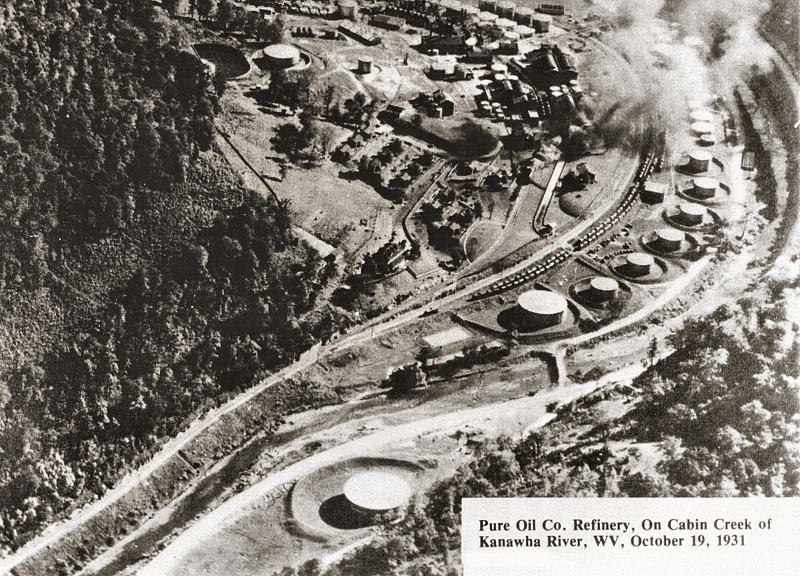
The
Pure Oil Company is a firm with Ohio roots, having started out,
in 1920 as the “Ohio Cities Gas Company, the natural gas utility for
Columbus, Springfield and Dayton.” However, crude oil was
discovered as a result of drilling for natural gas, and the company
found itself in the oil business.
The Pure Oil Company was
sold to what is now Union Oil Company of California in 1965. The Pure
Oil name returned in 1993 as a cooperative (based in Rock Hill, South
Carolina since 2008) which has grown to supply 350 members in 10
Southern states. Pure was organized by independent interests to
counter to the dominance of Standard Oil Company in the Pennsylvania
oil fields, and was the second oil company (after Standard) in the
region.
|


Cabin Creek Crude was considered the finest oil in the world at that time. It actually came out of the ground looking already refined. 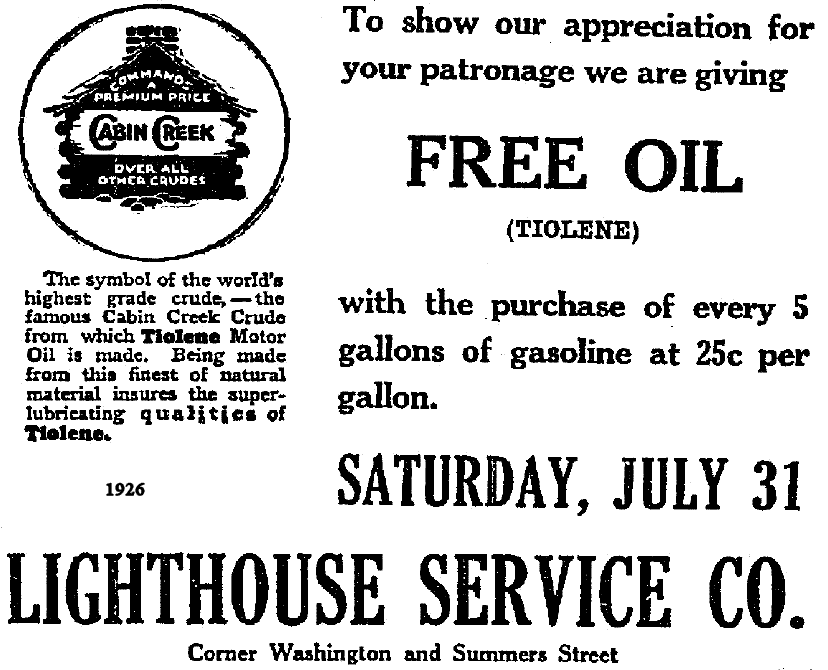
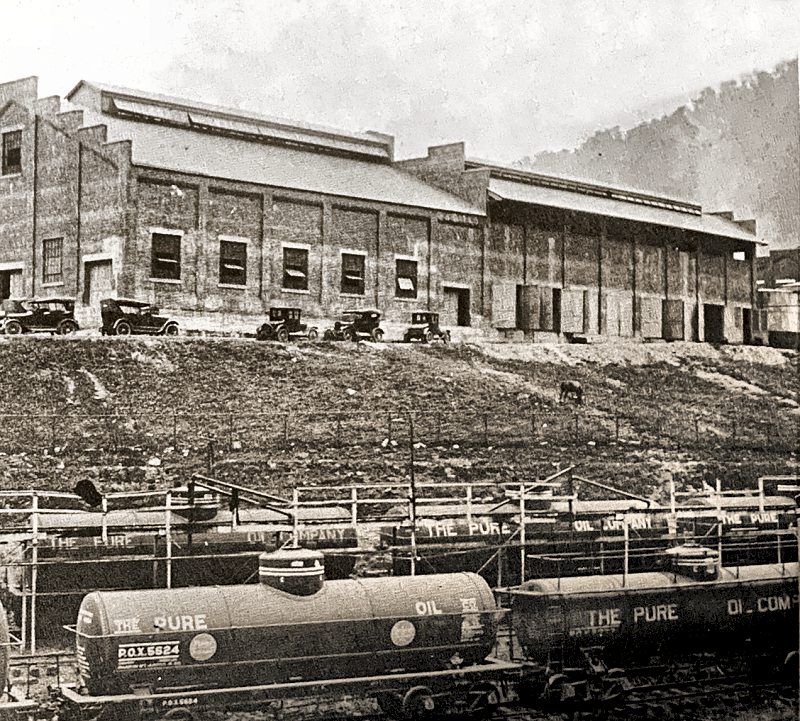
|
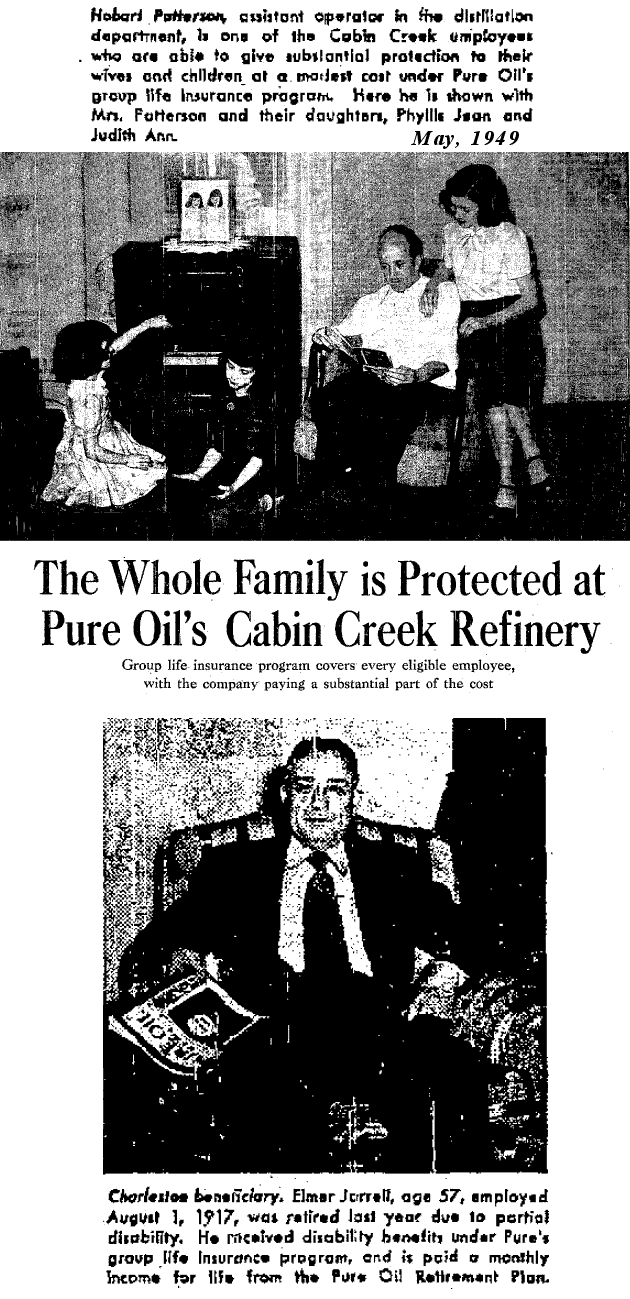
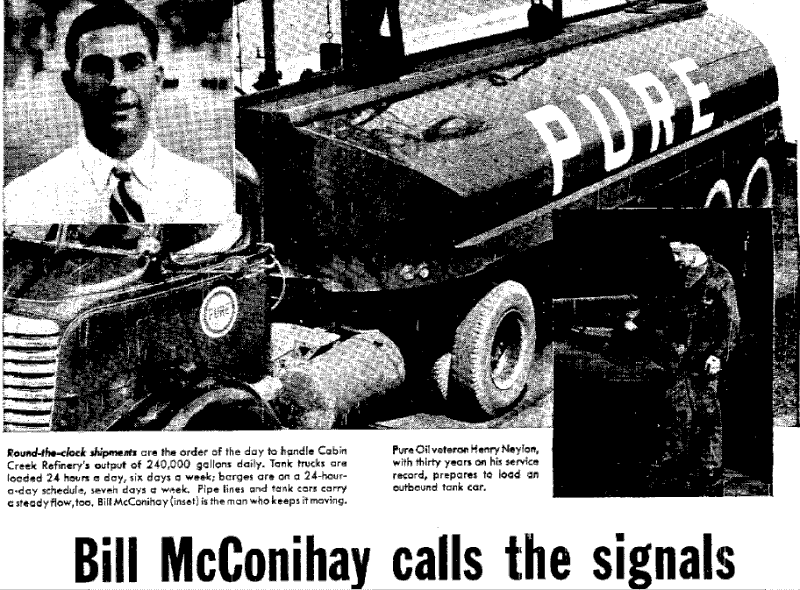
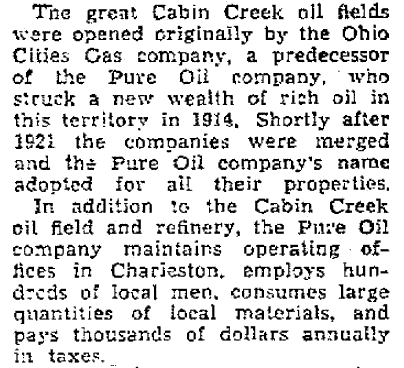
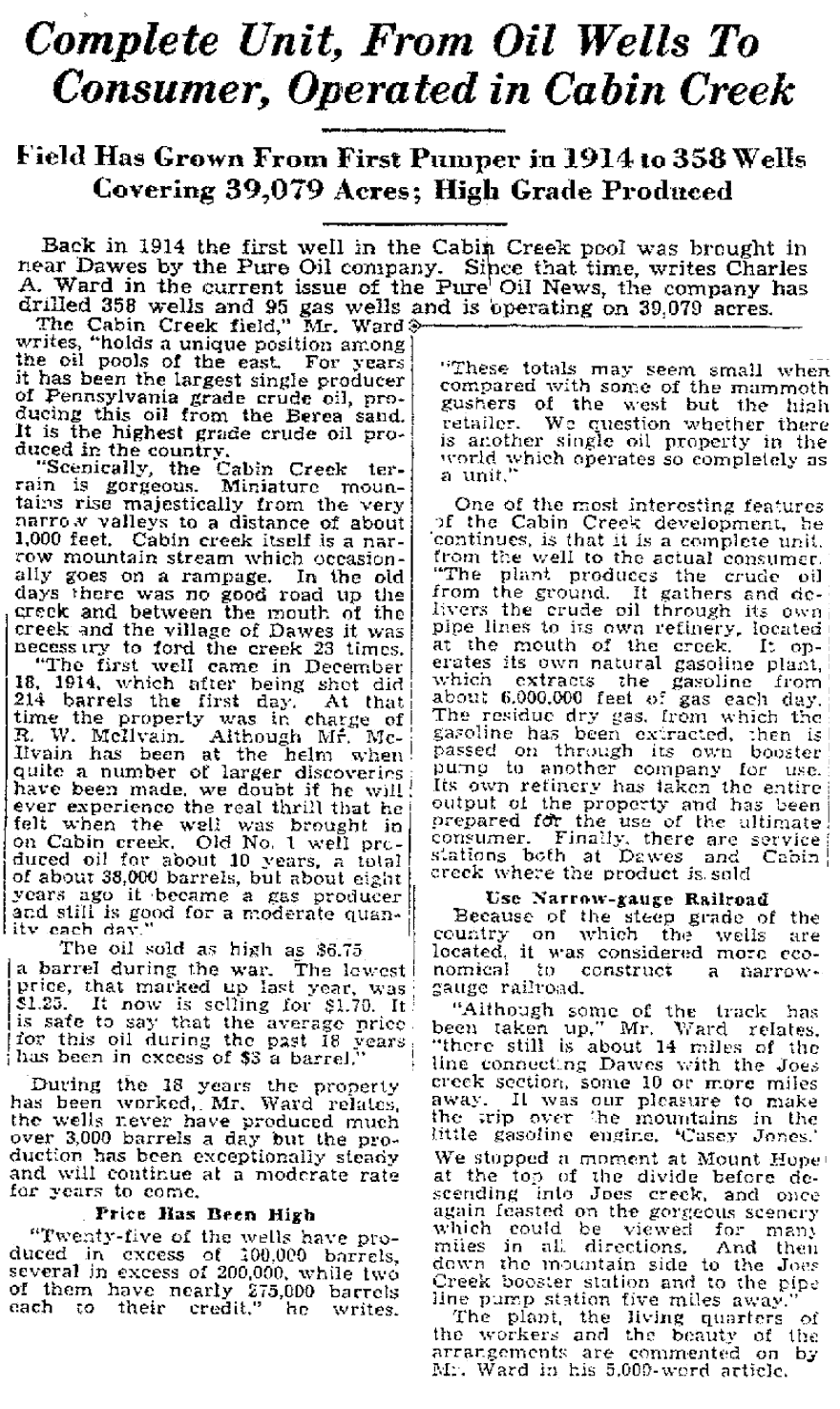
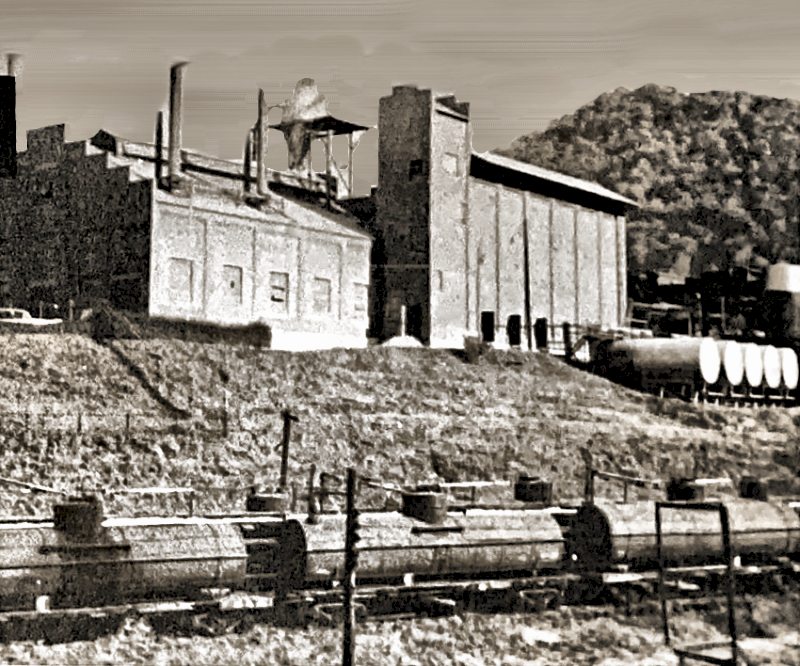
|
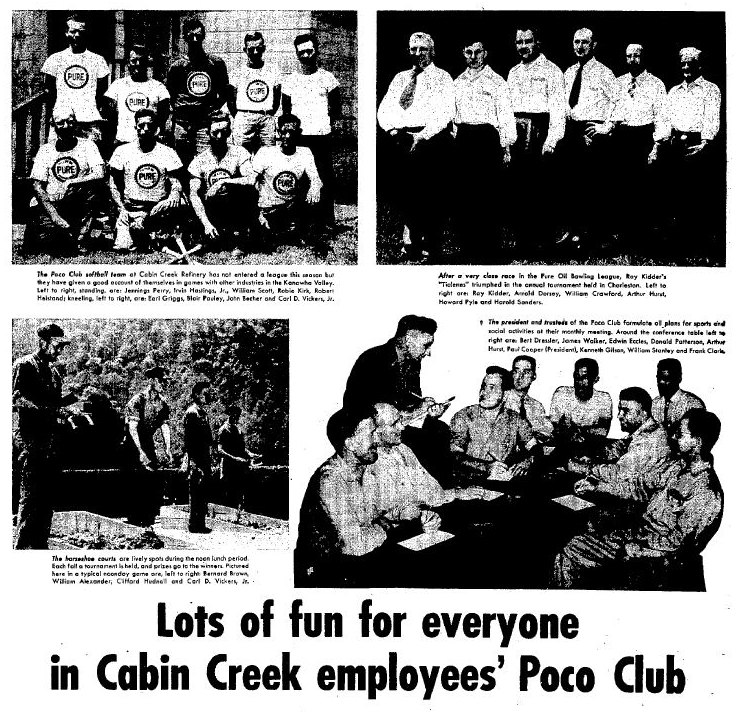
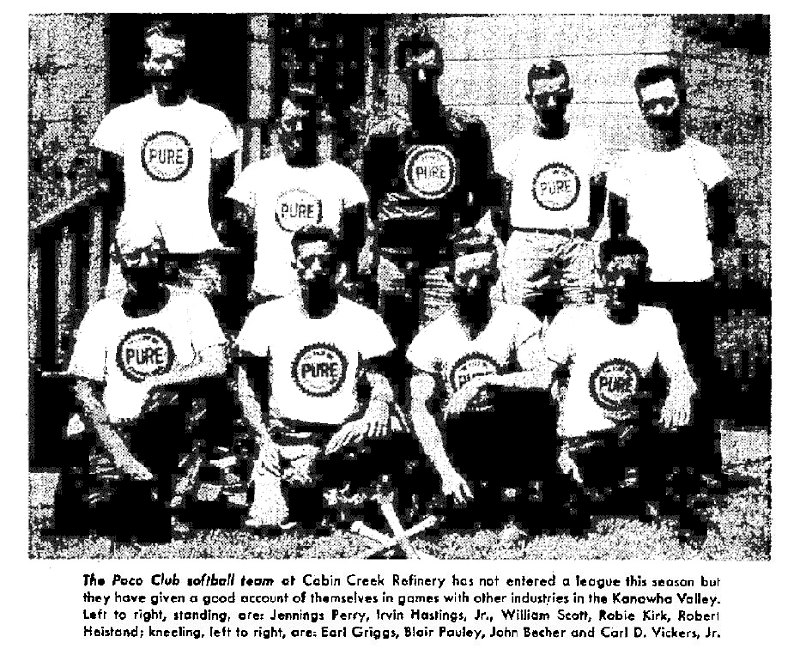
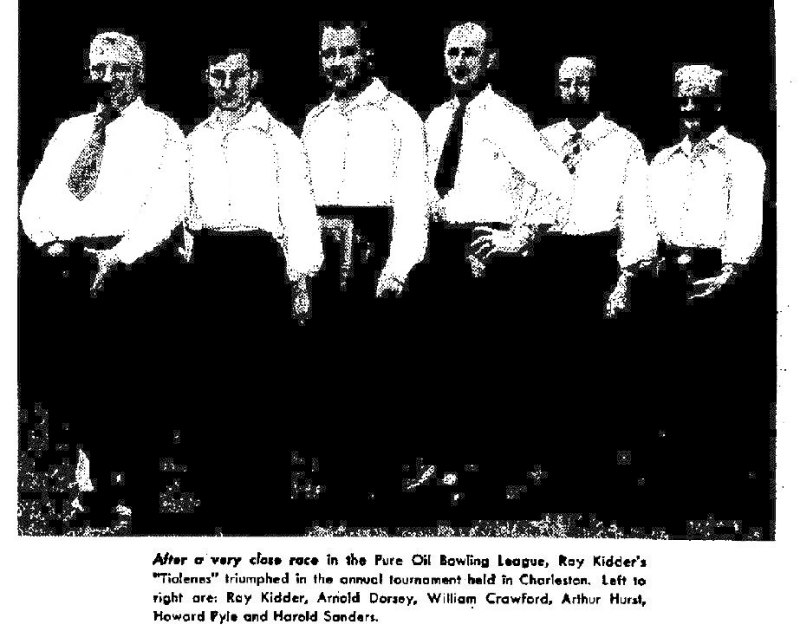
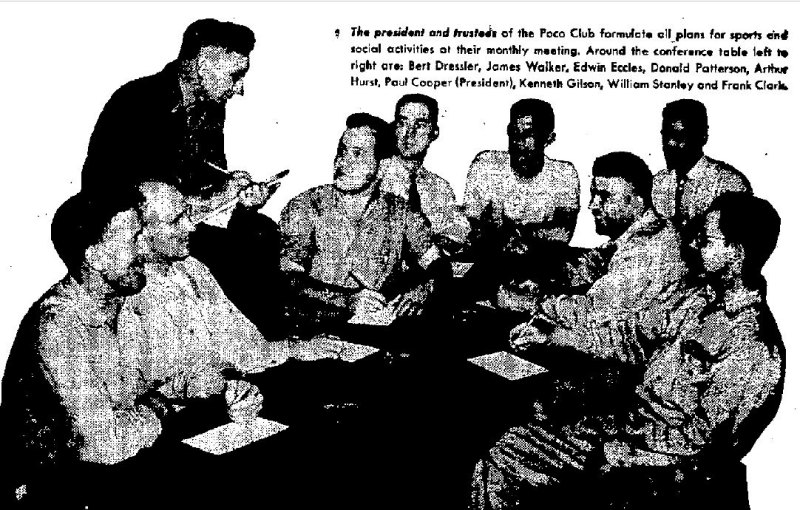
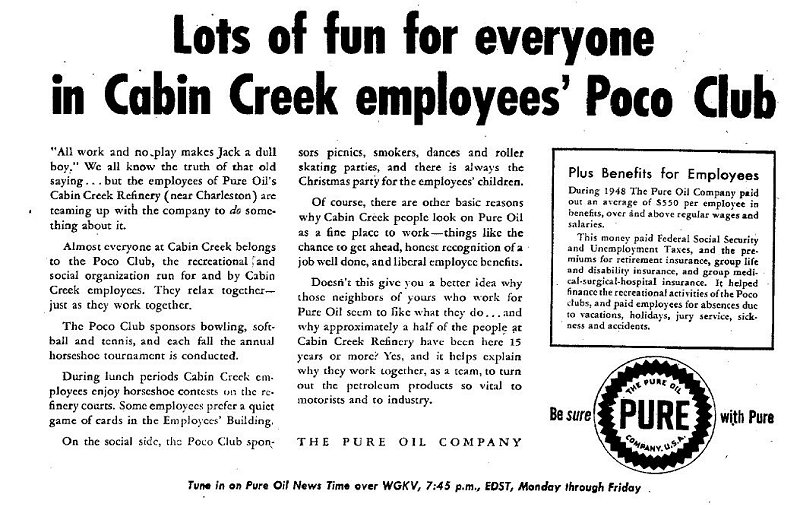
The
Pure Oil Company was a union of the old Pure Oil Company of New Jersey
and the Ohio Cities Gas Company of Ohio. The old Pure Oil Company was
the means of overcoming by united effort the difficulties of small
independent producers and refiners in the early days of the oil
industry. The Ohio Cities Gas Company was the vehicle which hauled an Ohio gas company from the brink of failure.
It
could truthfully be said that the exhaustion of natural gas supplies
for Columbus, Ohio, back in 1911 and 1912, which developed into a grave
situation for the stockholders of the Columbus Gas & Fuel Company,
then responsible for supplies of this fuel to about 41,000 consumers of
that community, was an epochal event because of its influence upon the
future of the Pure Oil Company.
Beginning in the winter
of 1910 and 1911, this gas supply fell off below the needs of the
company's consumers. Intensive drilling and prospecting failed to
replace the lost volume. There was some oil production found, but
officials of the company apparently did not favor the prospect of
having a gas concern develop an oil business. They
sought to acquire gas supplies by purchase contract with the Ohio Fuel
Supply Company, having a vast production in West Virginia and
practically the only visible source of supply for Columbus.
Growing
dissatisfaction with the affairs of the company reached a climax at the
annual meeting in 1913 when a reorganization was demanded. It was at
this time that Peman G. Dawes was asked to take over the affairs of the
company. He was at that time 43 years of age, with an extraordinary
record of achievement, both as an engineer and an operator of public
utilities and gas and oil properties. As an engineer he had built
tunnels, streets and highways, a railroad in Mexico and one of his
greatest engineering achievements was the erection of the great
cantilever bridge over the Ohio River at Marietta, Ohio.
Mr.
Dawes' genius for organization and business building had an immediate
effect upon the affairs of the Columbus Gas & Fuel Company. He
renewed negotiations with the Ohio Fuel Supply Company but at the same
time very quietly began leasing lands in Boone and Kanawha counties of
West Virginia, believed to have great gas producing possibilities.
These leasing operations were carried on through a number of men, each
working independently. When the aggregate of their leaseholds was more
than 250,000 acres, the Boone Royalty Company was formed in West
Virginia in October, 1913, to hold these properties. A campaign of
drilling was started almost immediately to develop natural gas
production, and plans were made to build a pipe line from Columbus to
carry the gas to the consumers of the Columbus Gas & Fuel Company.
With
plans for building a pipe line to Columbus and the bringing of West
Virginia natural gas in volume, Mr. Dawes and F. S. Heath, who became
associated with him as secretary and treasurer of the company, proposed
to supply other Ohio cities.
They
completed a well on a 12,000-acre lease in Kanawha County, West
Virginia, which flowed 215 barrels of oil the first twenty-four hours
after being drilled into the Berea sand.
This
was the discovery well of the now famous Cabin Creek field, getting its
name from a little creek that wound its way through the mountains of
this region. It was from this event that Ohio Cities Gas Company
started its phenomenal success in the oil industry. The company had
250,000 acres of leaseholds in this region, running northeast and
southwest through Boone and Kanawha counties. The location of the
discovery well was near the center of the northeast group of holdings. No such crude oil had ever before been found. It
was a clear, bright amber color of 47 degrees gravity, and samples
taken right at the well looked like a high grade product from a
refinery. It was hard to believe that these bottled samples were really
crude and not refined oil. It was found to have a refining
content of 15 per cent, aviation gasoline, 23 per cent motor gasoline
24 per cent kerosene, 6 per cent fuel and gas oil, 14 per cent wax
distillate, 14 per cent 600 cylinder stock and 4 per cent refining
loss.
Nature set up the most formidable barriers against development of the Cabin Creek region. It
is rugged and broken with steep mountains, narrow valleys and ravines,
thickly covered with timber and undergrowth. In the beginning it
presented an almost impossible prospect from an engineering standpoint.
Unusual resourcefulness, however, has converted many of these obstacles
into advantage. Practically all the timer necessary for construction
work was cut over the property. The building of roads for
transportation of materials and supplies by wagon or truck presented
almost insurmountable difficulties; so the company laid a narrow
gage railroad over the property, extending it as development proceeded
until at present it is composed of twenty-five miles of track and the
grades have been largely used in operating partly by gravity.
For
six years now this remarkable oil field has yielded 2,500 to 3,400
barrels daily, depending upon the needs of the company for this high
grade oil. It would be comparatively easy by intensive drilling to
increase the output of the field to several times its present rate of
about 3,000 barrels production. Owning the area yielding this high
grade oil in its entirety, however, the company has never found it
necessary to put its development work under pressure.
During 1916 the company built a complete refinery adjacent to these
producing properties and operations have been consistently maintained
to conform to the refinery requirements and the price situation. There
never has been a barrel of oil produced in this field that did not
command a premium price over the Pennsylvania grade market.
During the period when Pennsylvania crude had a market of $6.10 a
barrel, Cabin Creek crude commanded a price of $6.87. At the present
time, with the Pennsylvania price at $3.50, the market for Cabin Creek
crude is $4.
With
215 producing wells in this field at the present time, some idea of the
earning possibilities is indicated by individual well results. As an
instance, well No. 88 was completed in June, 1917, with an initial
production of 417 barrels daily, at a cost of $11,189. Its production
to date aggregates 138,000 barrels, which yields a gross income of
$672,000, and, after deducting drilling costs and operating expenses
from the beginning, shows a net income balance of $650,891. This well
is still flowing thirty barrels a day of the premium crude and the well
known staying qualities of the eastern producing sands suggest that
this well will eventually yield a net revenue to the company of
approximately $1,000,000. A number of other wells in this field are
making even greater producing and earning records, but not being as old
as No. 88, the figures of this well would appear more conservative for
illustration.
THIS NEXT PARAGRAPH IS VERY IMPORTANT
At
the present time the physical properties of the Pure Oil Company
include more than 5,000 producing oil wells located in the principal
fields of this country; this does not include wells of the Humphrey Oil
Company in which the Pure Oil Company has an important interest,
and which company was the discoverer and dominant operator in the new
Mexia, Texas field. In addition to its interest in the Humphreys Oil
Company, Pure Oil has 50 per cent interest in the Humphreys-Pure Oil
Pipe Line Company, having a complete pipe line system from Mexia, Texas
to the Gulf Coast, with a terminal at Smith's Bluff, below Beaumont,
and 50 per cent interest in the Humphreys-Pure Oil Refineries
Corporation, which has tank farms and vast storage facilities at Mexia
and at Smith's Bluff, Texas. Pure Oil Company's crude oil production at
the present time, including that of its collateral interests,
aggregates an amount in excess of 30,000 barrels a day. The company has
3,800 miles of pipe lines connecting more than 10,000 producing oil
wells.
Humphrey's was a Sissonville boy. See more HERE
|
Pure Oil Station At 5 Corners In Charleston WV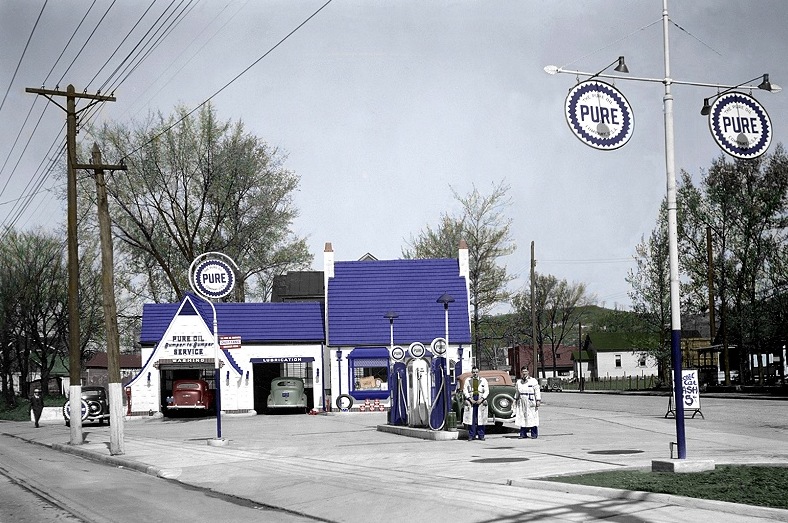
See more on this photo HERE
A
Pure Oil Gas Station, built in 1933 and located at Saratoga Springs,
New York, was listed on the National Register of Historic Places in
1978. Others stations like this have also been added. Charleston
has one of the best examples of this architecture and yet we havent
even thought about saving it.
Across the United States, gas
stations are slowly being rediscovered for their historic significance.
They have even been included on statewide endangered property lists.
Once spurned as out of place incursions or eyesores, historic stations
are increasingly appreciated for their contribution to the character of
a neighborhood, and the way they are easily adapted for new uses.
|

Back to Index
|

